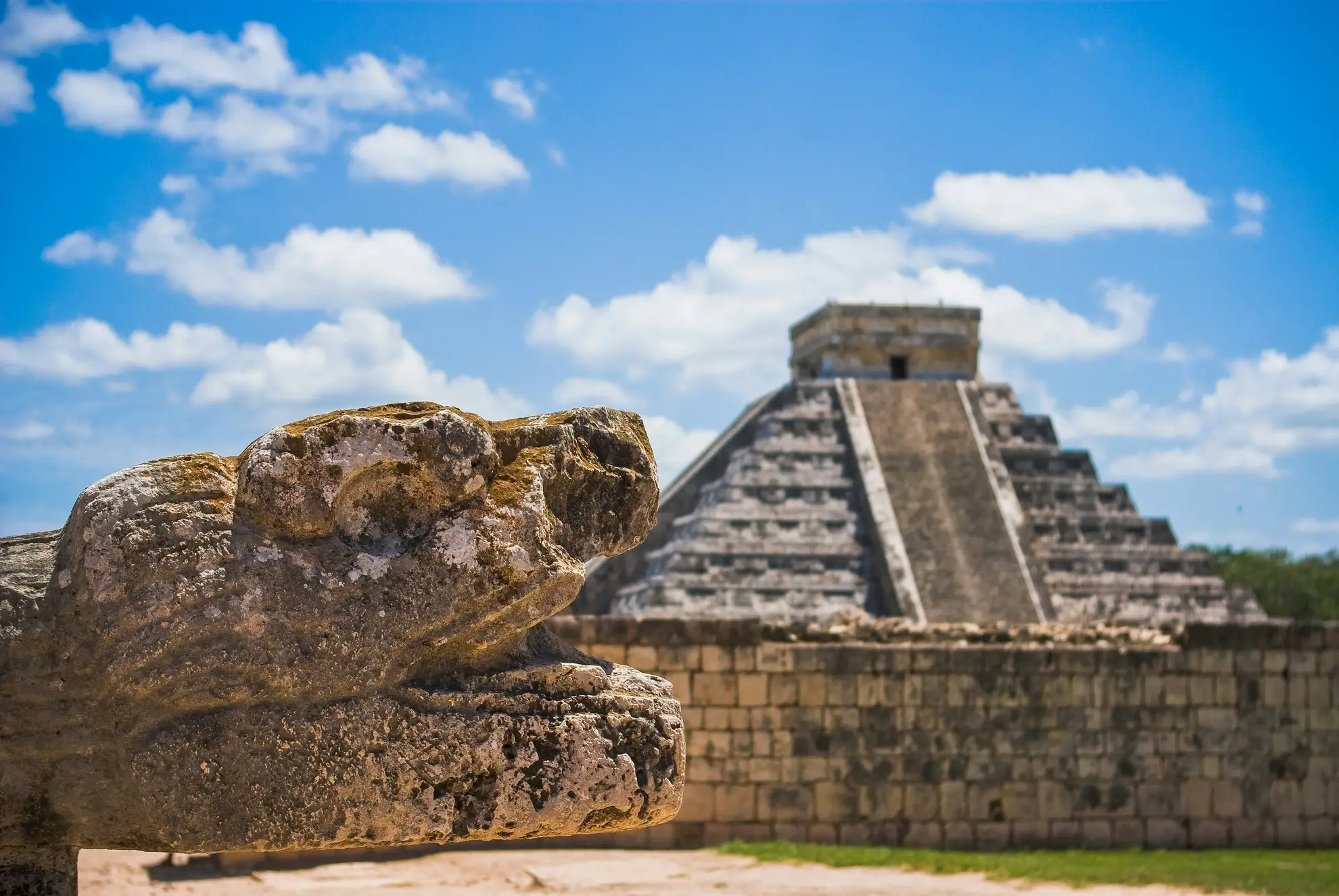eSIM Plans for Travelers to The USA & Canada & Mexico
Unlimited data at kbps after using
Get Connected Instantly Worldwide
Follow our proven 3-step process to enjoy seamless internet connectivity during your travels. Trusted by over 1 million travelers globally.
Ready to Stay Connected Anywhere?
Join millions of satisfied travelers who choose our reliable eSIM solutions for their international connectivity needs.
What You Need to Know About USA & Canada & Mexico Network
Network Coverage
urban area
• Major cities have extensive 5G network coverage, with high-speed 5G services available in core areas.
- New York and Los Angeles (USA): Full 5G coverage in downtown areas and airports, with internet speeds reaching 1Gbps in commercial districts, and stable 4G coverage in suburban areas at 98%.
- Toronto, Vancouver (Canada): 5G commercial services have been fully deployed in core urban areas, with seamless 4G/5G handover at transportation hubs, and an average network speed of 150Mbps.
- Mexico City and Monterrey (Mexico): Stable 4G coverage in major business districts, with 5G pilot deployment in financial zones, covering 125 cities.
- Chicago and Miami (USA): Full 5G coverage at airports and city centers, continuous 4G signal in subway systems, with internet speeds reaching 800Mbps.
- Calgary, Ottawa (Canada): Government areas prioritized for 5G coverage, residential areas with 4G speeds up to 100Mbps, coverage exceeding 95%.
- Cancun, Guadalajara (Mexico): 4G coverage across all resort areas with an average download speed of 40Mbps, and 5G gradually expanding to city centers.
- Houston, Dallas (USA): Energy zones and business hubs with dense 5G coverage, stable 4G speeds in suburbs, T-Mobile leads in coverage.
- Montreal, Quebec City (Canada): Major cities in the French-speaking region have good 5G coverage, with stable signals in tourist hotspots.
Tourist attractions and suburbs
• The main attractions have basic coverage, but signals may be interrupted in remote and natural reserve areas.
- Grand Canyon National Park (USA): The visitor center and main roads have stable 4G coverage, while signal is weak in the canyon floor areas and nonexistent in the deep desert regions.
- Banff National Park (Canada): 4G coverage available at campgrounds and along highways, but backup communication solutions are needed in glacier hiking areas.
- Chichen Itza (Mexico): The main archaeological site has good 4G coverage, but signal is unstable in deep jungle areas, with some regions offering only 3G service.
- Yellowstone National Park (USA): Visitor centers have 5G/4G coverage, while geothermal areas and remote campsites have limited signal.
- Icefields Parkway, Rocky Mountains (Canada): The main road has continuous 4G coverage, with intermittent signals at high-altitude viewpoints.
- Tulum Mayan Ruins (Mexico): Full 4G coverage in the beach resort area, with weakened signal in the jungle archaeological zone.
- Las Vegas Strip (USA): Dense 5G coverage in entertainment districts, with signal gradually weakening along desert highways.
- Niagara Falls (Canada/US border): Full 4G coverage on both sides of the scenic area, with possible frequent signal switching on boats.
- Alaska Highway (USA/Canada): 4G coverage in town nodes, signal towers every 50 kilometers in wilderness sections.
- Cancun Maya Coast (Mexico): Resort area with full 5G/4G coverage, no signal underwater in diving areas.
Network Usage Tips
National parks and remote areas
In remote areas such as the Grand Canyon and Banff National Park, signals may be interrupted, so it is recommended to download offline maps in advance. In rural areas of the United States, 4G coverage is approximately 75%, with weaker signals in some regions like Montana and North Dakota.
Mountainous areas and nature reserves
Signal instability is present in the Rocky Mountains, Appalachian Mountains, and the Mexican Volcanic Belt regions. It is recommended to verify operator coverage before departure.
Indoor and Historic Buildings
Inside casinos, shopping centers, and historical buildings, signals can be significantly weakened. It is recommended to use the network near windows or in open areas.
Cross-border region
In border regions near the US, Canada, and Mexico (such as San Diego-Tijuana and Detroit-Windsor), network switching delays may occur. It is recommended to enable international roaming or use a local eSIM for automatic switching.
Extreme weather impacts
Winter snowstorms in Canada and tornadoes in the U.S. Midwest may disrupt base station power supply. It is recommended to download necessary materials in places with stable electricity, such as hotels or visitor centers.
Network Congestion Alert
During peak travel seasons (such as Mexico's Day of the Dead or Thanksgiving in the U.S.), networks around popular attractions may experience congestion. While global 5G population coverage is expected to reach 55% by the end of 2024, tourist hotspots may still face network pressure.
Language support issues
Some parts of Mexico are predominantly Spanish-speaking, so it is recommended to download a translation app in advance.
Battery Consumption Warning
In areas with weak signals, mobile phones continuously search for networks, leading to faster battery consumption. It is recommended to carry a portable charging device. Mexico now has 6.6 million 5G users, but some remote areas still rely on 4G networks.
Price evaluation
In the US, Canada, and Mexico, 92% of the population is covered by 4G/5G mobile networks, with a relatively small gap between urban and rural areas (98% in cities, 75% in rural regions). According to GSMA data, the average 5G download speeds are 224 Mbps in the US, 186 Mbps in Canada, and 89 Mbps in Mexico. Data prices in these three countries are significantly lower than the global average, with basic urban plans (500MB–2GB/day) fully meeting daily needs. For visits to national parks or border areas, plans with 3GB or more are recommended to ensure navigation and emergency communication. 5G network deployment is advancing rapidly in North America, with T-Mobile offering the most extensive 5G coverage in the US, Telcel and AT&T Mexico providing 5G services in Mexico, and Canada’s major carriers—Rogers, Bell, and Telus—continuing to expand their 5G networks.
Recommended eSIM packages relevant to you
Enjoy seamless connectivity on your travels. Choose from our diverse global eSIM plans to enhance your next journey.

